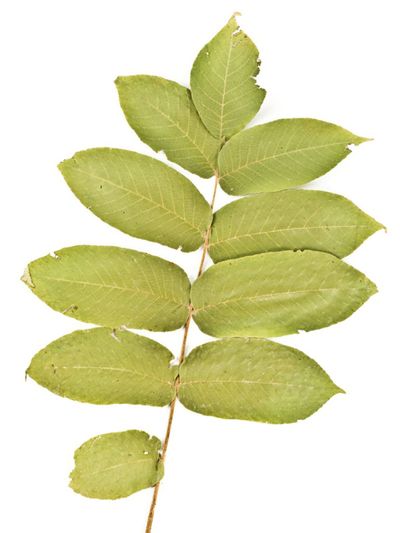Butternut Tree Information
If you tell someone you are growing butternuts from butternut trees, they are likely to respond: “What are butternuts?” Many gardeners are not familiar with the wild nut tree and have never tasted a butternut. Butternut trees are also called white walnut trees because they have pale gray bark and are related to the black walnut tree (Juglans nigra) and other members of the walnut family. White walnut trees grow to 60 feet (18.3 m.) tall in the wild, with dark green leaves arranged in leaflets up to 20 inches (50.8 cm.) long.
Are Butternuts Edible?
When you are learning butternut tree information, the nuts themselves are of top interest. The fruit of the butternut tree is a nut. It is not round like the nut of the black walnut tree, but elongated, longer than it is wide. The nut is deeply ridged and grows inside a green, hairy husk until they mature in mid-autumn. Squirrels and other wildlife love butternuts. Are butternuts edible by humans? They most certainly are, and have been eaten by Native Americans for centuries. Butternut trees, or white walnut trees, produce rich and delicious nuts. The butternut is an oily nut that can be eaten as is when mature or prepared in a variety of ways. The Iroquis crushed and boiled butternuts and served the mixture as baby food or drinks, or processed it into breads, puddings, and sauces.
Growing Butternuts
It is entirely possible to start growing butternuts in your backyard, if you have a site with rich, loamy soil. The trees are vigorous and live for some 75 years. However, the butternut tree is now a threatened species due to its susceptibility to a fungal canker disease, Sirococcus clavigignenti-jug-landacearum, also called “butter-nut canker.” Its populations in the wild have diminished and in many places it is rare. Hybrids, where white walnut trees are crossed with Japanese walnut, are more resistant to the canker.
